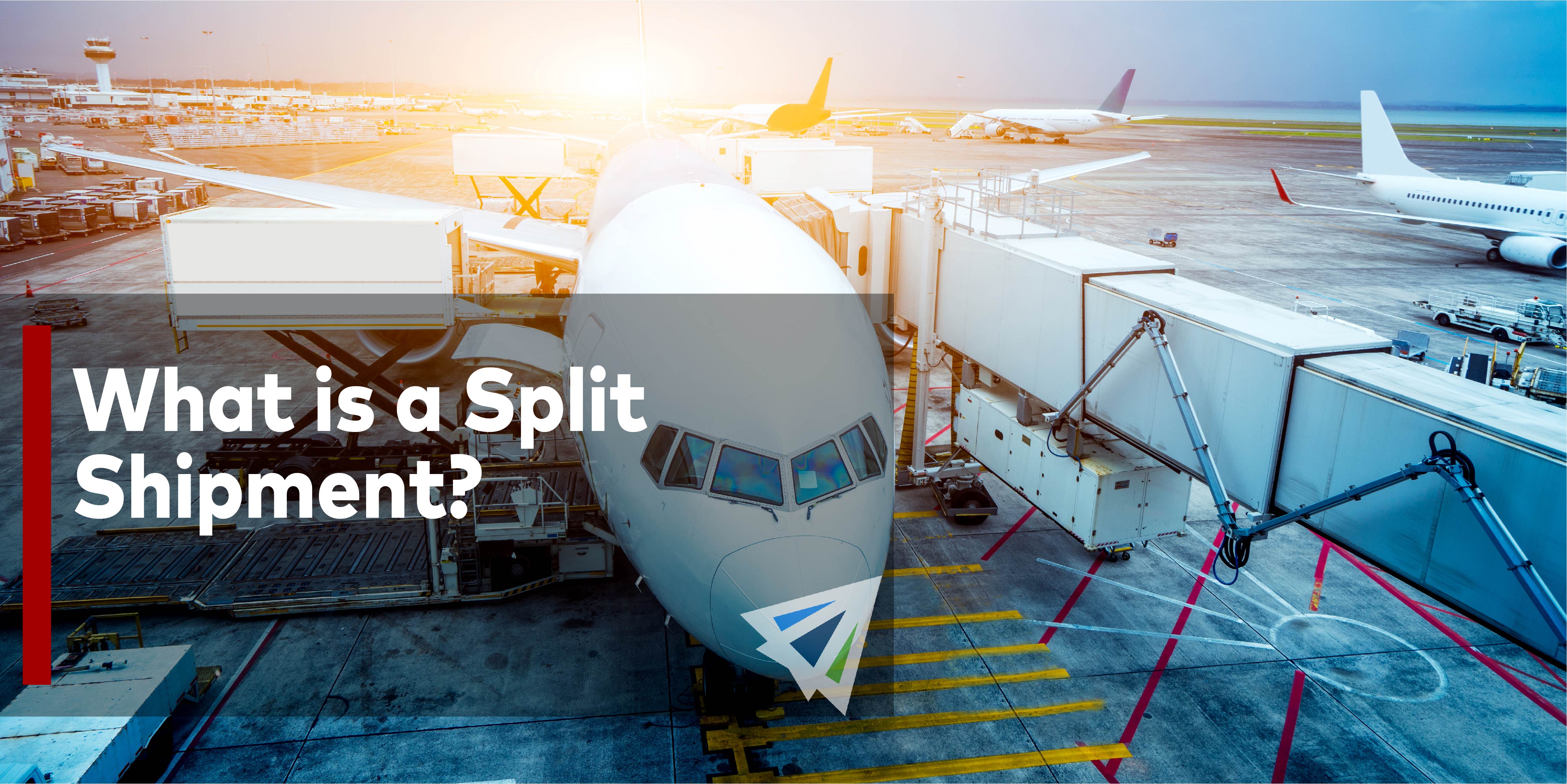Air shipping has probably risen in popularity over the last 5 years more than ever. And it’s not usually just do to market and customer demand. The global landscape for business has shifted such that businesses are required to be agile and adaptable. Having the luxury of moving your product in a matter of days via air (as opposed to the weeks or months of planning that go into ocean shipping) is such a key component for operating efficiently and effectively.
Air shipping has tons of other benefits also – less handling, less potential for damage, quicker, more options, and often simpler than ocean shipping.
But the obvious drawback? Size. An airplane is a heck of a lot smaller than an ocean vessel, and larger shipments often need to be broken down to smaller packages to fit on an aircraft. This can cause some hiccups during transit, but none are all that serious.
What is a Split Shipment?
When shipping on cargo aircraft, there is (generally speaking) plenty of room to fit larger shipments on board. Cargo airplanes are designed to house tons of cargo of various dimensions, and you won’t usually run into overbookings (assuming you’ve planned far enough in advance).
But cargo airplanes aren’t your only option with air shipping. U.S. based shippers have the ability to book their freight on a passenger aircraft via registering as a TSA Known Shipper. This grants them the option of shipping on either cargo or passenger aircraft, often opening up 5-10 times the air shipping options.
Here’s the one (obvious) issue with passenger aircraft – the entire top hemisphere of the craft is dedicated to passengers. That means cargo is fitting in an already smaller vessel, occupying only the bottom half. For bigger shipments, this means freight needs to be broken down into several separate shipping containers.
Split Shipment Cases
Generally speaking, these shipping containers all remain on the same aircraft, but in certain instances, they may get split up. This is what a split shipment is. In a split shipment, one of your shipments (of several containers) may end up getting split between various different aircraft for purposes of cargo space, deadlines, or weight restrictions.
What’s the Effect of Split Shipments?
A split shipment is almost never a huge issue. The decision to “split” a shipment is that of the carrier’s, and they recognize the time-sensitivity of air shipments. The goal is always to get the back half of your cargo on the first flight to your destination.
In the instance of cargo aircraft, there may be several planes in a single day headed to your destination, making the difference in time of arrival negligible. However, at most, the other half of your cargo may be delayed a day or two as it is loaded onto the next cargo aircraft, but bear in mind that this is pretty uncommon.
How to Handle a Split Shipment
Obviously, there’s not a ton you can do if a carrier decides to split your shipment. However, if you are concerned about the timeliness of your shipment, meeting a deadline, avoiding a split shipment, or reconciling your air shipping practices for the future, we have a ton of helpful tips. Our team handles a ridiculous amount of air freight and we are always happy to help you by offering answers to any and all of your questions.
If you have any questions about split shipments or air freight, please don’t hesitate to reach out and ask us!
